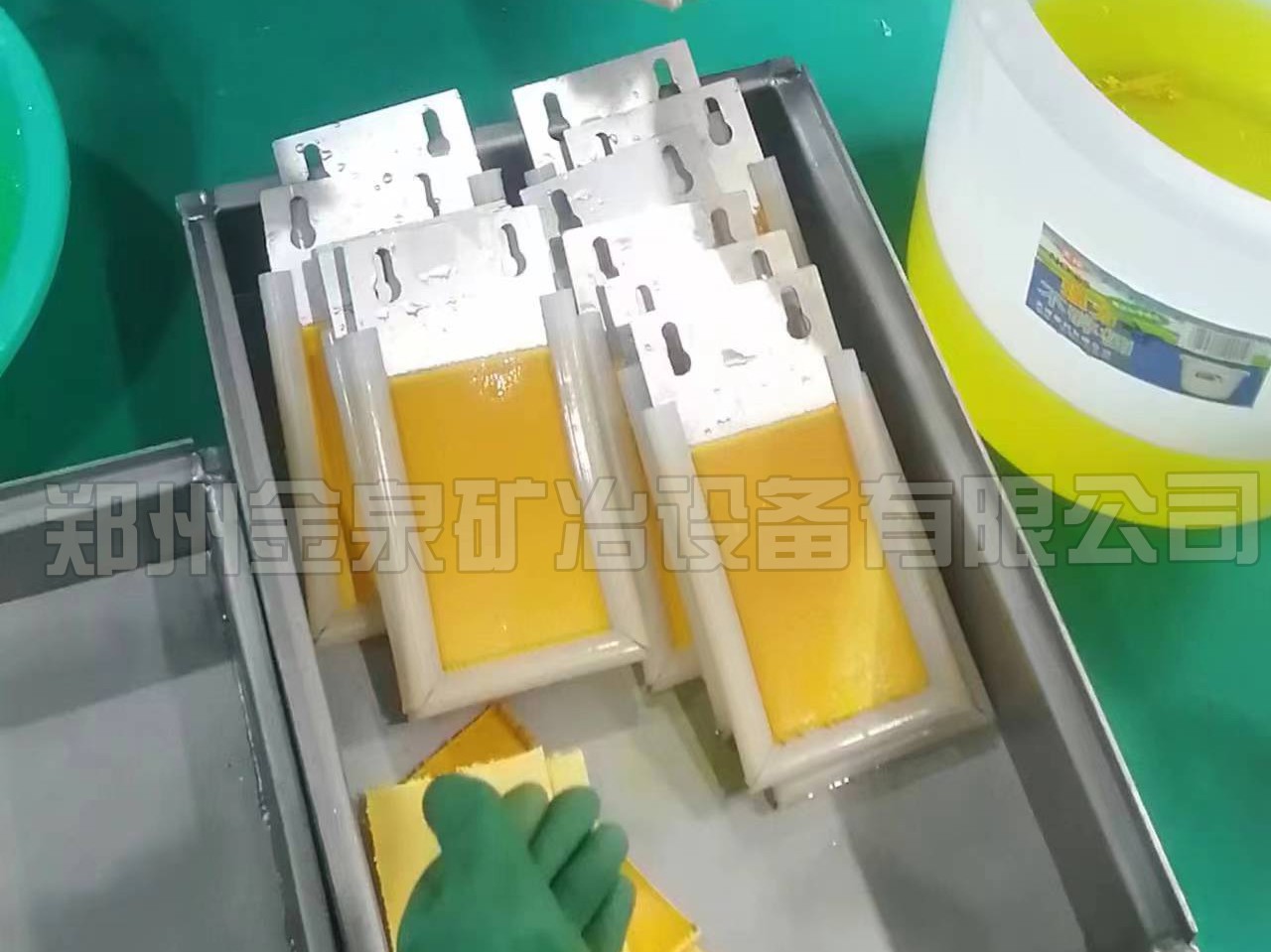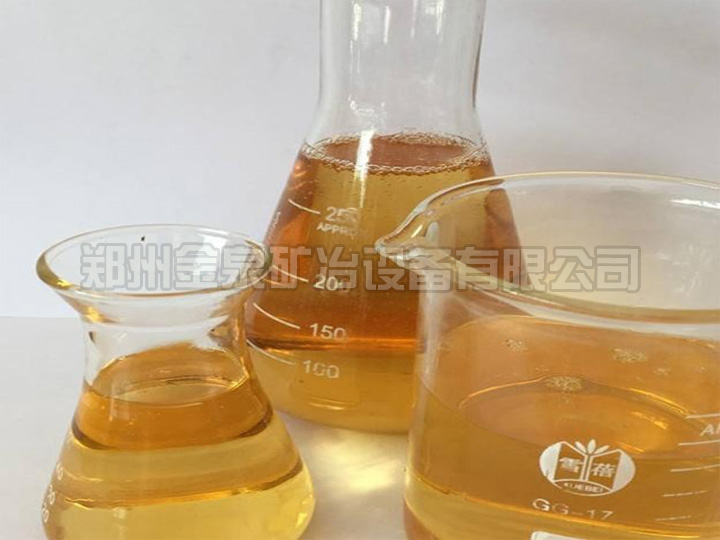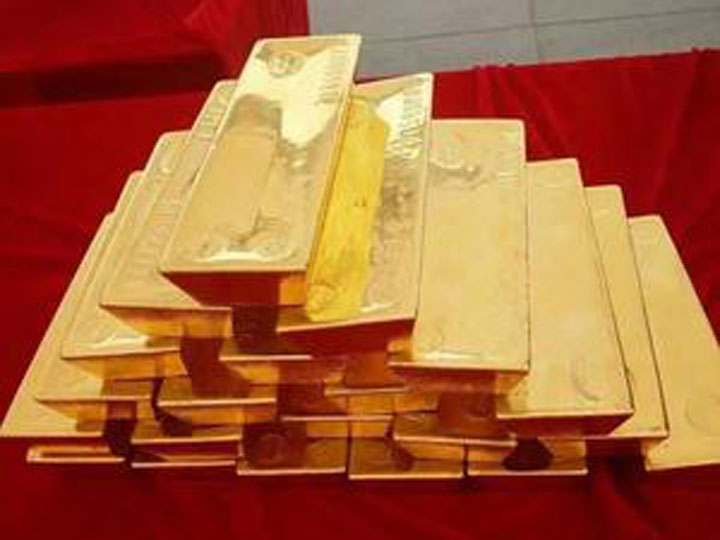 +8613303827570
+8613303827570
The advantages of gold electrolytic unit include:
1、High purity: Electrolytic refining can result in gold purity of 99.99% or higher.
2、High efficiency: Compared to other refining methods, electrolytic refining can extract gold quickly and efficiently.
3、Non-toxic: Most of the chemicals used in the electrolytic refining process are non-toxic and non-hazardous substances, which are not harmful to the environment and human body.
4、Controllable: The process of electrolytic refining can be precisely controlled so that the purity and shape of the gold produced can be adjusted as required.
5、Wide applicability: Electrolytic efining is applicable to all kinds of gold content metals, from high grade gold ores to low grade gold bearing scrap.
Advantages of gold refinery machines:
(1) Casting anode plate: the crude gold raw material with 99% gold content is melted into the medium frequency smelting furnace and cast into a gold electrolytic anode plate.
(2) Electrolyte preparation and waste electrolyte recovery: gold electrolyte is prepared by dissolving pure gold in aqua regia and diluting it with hydrochloric acid aqueous solution.
(3) Electrolysis: hang the anode plate into the gold electrolysis cell and start the gold electrolysis equipment for electrolysis.
The company's high-efficiency gold electrolysis unit (as shown in the figure) is developed based on years of experience in gold refining projects and customer suggestions. It adopts integrated and integrated design. The whole machine includes a single electrolytic cell, circulating pump, rectifier power supply, automatic electrolyte replenishment system, electrolytic flue gas condensation recovery system, electrolyte temperature, voltage, current The copper bar temperature intelligent monitoring system, the rectifier power supply is closed separately, isolated from the acid gas in the workshop, and has a long service life.
With a number of domestic patents and advanced technology, it has the following advantages:
① The product quality is stable and can meet the gold ingot standard of au99.99 (grade I) of Shanghai Gold Exchange; it can also produce gold ingots with purity of 99.999% according to the special needs of customers;
② Low production cost: about 0.02 yuan / gram gold;
③ The electrolysis adopts AC / DC superimposed power supply, which can effectively inhibit the generation of silver chloride on the gold anode and make the anode plate electrolysis more thorough;
④ High current density electrolysis technology; cathode current density up to 1200A / m2, high production efficiency;
⑤ The electrolytic cell is designed with a transparent closed smoke cover to prevent smoke from escaping, which is easy to operate and beautiful;
⑥ A flue gas condensing device is set. Due to the high temperature (60-70 ℃) required by the gold electrolysis process, the flue gas condensing device can condense the reflux volatile electrolyte to avoid the loss of gold;
The main material of the equipment is high performance polypropylene material, adding anti-aging agent to the material, which greatly prolongs the service life of the equipment. The whole bracket material is PPH, and the corrosion resistance is very strong; the cathode and anode conductive bar material is titanium coated copper with excellent conductivity.
This set of gold electrolysis unit is designed with PLC automatic operation system, controlled by touch screen, and has the function of electrolytic parameter storage. When the electrolytic voltage, current and copper bar temperature are abnormal, the rectifier power supply can be directly interlocked to stop. The whole set of equipment is simple, safe and convenient.
model number | external dimensions | ability to precipitate pure gold | power(kw) | power supply | material |
JQ-JDJ-2.5 | 1000*700*1800mm | 2.5kg/d | 2 | 380V | PPH |
JQ-JDJ-5 | 1000*700*1800mm | 5kg/d | 2 | ||
JQ-JDJ-10 | 1100*700*1800mm | 10kg/d | 4 | ||
JQ-JDJ-20 | 1700*800*1800mm | 20kg/d | 6 |
-
 common methods for separating gold and silvercommon methods for separating gold and silver
common methods for separating gold and silvercommon methods for separating gold and silverCommon Methods for Separating Gold and Silver:
Chemical dissolution method: Gold can be dissolved in hydrochloric acid, while silver reacts with Cl⁻ ions to form a silver chloride precipitate during the dissolution process. After filtering, gold and silver are separated.
Aqua-regia solution method: Suitable for alloys with low silver content (silver typically below 10%), this method allows both gold and silver to dissolve. However, after dissolving, silver reacts with Cl⁻ ions to form a silverCommon Methods for Separating Gold and Silver chloride precipitate, enabling it to be separated from gold.
-
 chemical separation of gold and silverchemical separation of gold and silver
chemical separation of gold and silverchemical separation of gold and silverChemical separation of gold and silver:
Using a single acid, it cannot dissolve gold but can dissolve silver, achieving the separation of gold and silver. Hydrochloric acid or sulfuric acid is commonly used. This method is typically used for gold-silver alloys with a gold content below 30%, while silver, copper, iron, and zinc can be dissolved in hydrochloric acid or sulfuric acid, whereas gold cannot. After filtering and washing, it can obtain gold with over 98% purity. For lead-containing alloys, hydrochloric acid is used for dissolution
-
 extraction of gold from alloy goldextraction of gold from alloy gold
extraction of gold from alloy goldextraction of gold from alloy goldAlloy gold: Alloy gold produced by roasting mercury paste on a mercury plate, alloy gold produced by melting gold paste in a converter, alloy gold produced by melting gold paste after removing impurities with nitric acid, alloy gold obtained by pyrometallurgical or hydrometallurgical treatment of copper lead anode paste, and other alloy gold produced in other gold and silver mines and rare and precious plants for non-ferrous metallurgy.
The gold content is 40%~99.9%, and the silver content is 40%~99.9%.







